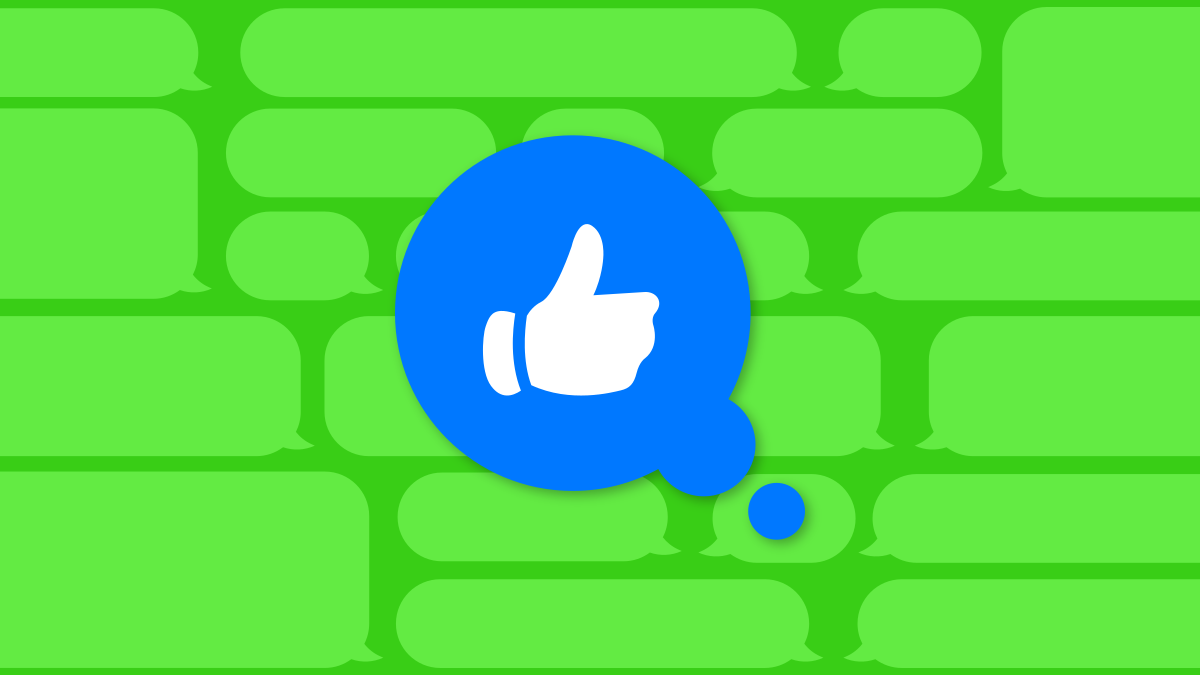#Which iPhones Have Wireless Charging? – Review Geek

Table of Contents
“#Which iPhones Have Wireless Charging? – Review Geek”

Wireless charging comes in a ton of different shapes and sizes, from basic mats that charge your phone flat, stands that enable you to prop your phone up, or multi-device chargers that’ll juice up other devices such as your Apple Watch or AirPods in addition to your iPhone. But not all iPhones support wireless charging, so let’s take a look at the ones that do.
When it comes to wireless charging, Apple wasn’t the first to the scene. Android handsets adopted the tech long before Apple implemented it in its phones. Apple also isn’t the best here—several years in, iPhones still have some of the slowest “fast wireless charging” out there, capped at 7.5W. There’s one exception, but we’ll explore that a bit later.
What Is Wireless Charging?

Wireless charging uses electromagnetic induction to charge your phone. To put it simply, there’s a coil that’s typically made out of silver-plated copper or aluminum in both your phone and the charging pad itself. Aligning the two coils, or “placing the phone on the charger,” creates an electromagnetic field. Your iPhone generates a current from the field that’s then converted into direct current (DC) energy that is then pushed to your iPhone’s battery.
Aligning the coils is pretty easy. If you have an iPhone 11 or later, simply line up the Apple logo on the back of your phone with your wireless charger. On older iPhones, you’ll need to align the middle of your phone with the charging mat. And just like wired charging, you’ll see your phone light up letting you know charging has begun. Wireless charging works with most cases, but if you have a thicker heavy duty case you may run into some issues.
In terms of charging speed, you’re looking at up to 7.5W for fast wireless charging, and 5W for standard charging. There’s one exception though and that’s Apple’s MagSafe charger. If you own an iPhone 12 series phone, MagSafe enables speeds up to 15W for even faster wireless charging. Currently, only Apple’s first-party charger can do 15W. Other third-party MagSafe chargers are still limited to 7.5W. And older iPhones will have the same 7.5W restriction, even with Apple’s first-party charger.
While we can all collectively gawk at its $40 price tag, MagSafe does have its benefits over other wireless chargers. It arguably fixes the biggest issue with wireless charging: not being able to simultaneously use and charge your phone. It does this by … well, adding magnets to both the phone and the charger. The magnetic connection ensures a perfect alignment each time, enabling that fast 15W of charging.
Most modern devices, including the iPhone and accessories such as AirPods use the Qi wireless charging standard. It’s maintained by the Wireless Power Consortium (WPC), which defines wireless charging as “energy that is transferred from one device to another without physically plugging in a cable.”
While convenient, wireless charging has its downsides. For example, it typically doesn’t charge as fast as wired charging and in most cases, you won’t be able to use your phone and charge at the same time. And if you happen to not align the charging mat and your phone right before bed? You’ll likely be looking at a nearly dead phone in the morning. You should also avoid wireless charging if you have a case that stores credit cards, RFID chips, or anything similar. Wireless charging with such items could permanently damage your cards.
If you need to quickly juice up, you’ll want to plug in via the Lightning port. Wireless charging times can vary depending on the charger, but for the most part, you’re looking at roughly 3 to 3.5 hours to fully charge wirelessly with a 7.5w charger. In comparison, using a 20W power adapter and a Lightning to USB-C cable will get you fully charged in just under 90 minutes.
Which iPhones Support Wireless Charging?

An easy way to tell if your iPhone supports wireless charging is to check if the back is made out of glass. Because wireless charging doesn’t work through aluminum or other metals, Apple made the switch to glass starting with the iPhone 8 series.
But in case you’re unsure, the following iPhones that support wireless charging:
- iPhone 8 or 8 Plus
- iPhone X
- iPhone Xs or Xs Max
- iPhone XR
- iPhone 11
- iPhone 11 Pro or 11 Pro Max
- iPhone SE (2nd generation)
- iPhone 12 or 12 mini
- iPhone 12 Pro or 12 Pro Max
You can also expect that all iPhone models released in the foreseeable future will include wireless charging.
Here Are the Best Wireless Chargers for Your iPhone
Now that you know what wireless charging is, it’s time to find the perfect charger for you. Looking for a nightstand, desk, or multi-device charger? We’ve got you covered.
Anker Wireless Charger, PowerWave Pad Qi-Certified 10W Max for iPhone SE 2020, 11, 11 Pro, 11 Pro Max, AirPods, Galaxy S20 S10, Note 10 9 (No AC Adapter, Not Compatible with MagSafe Magnetic Charging)
For its price, the Anker PowerWave Pad is an excellent choice. With no bells and whistles, it simply charges one device at a time. Its only downside is it lacks a USB power adapter.
If you liked the article, do not forget to share it with your friends. Follow us on Google News too, click on the star and choose us from your favorites.
For forums sites go to Forum.BuradaBiliyorum.Com
If you want to read more like this article, you can visit our Technology category.







